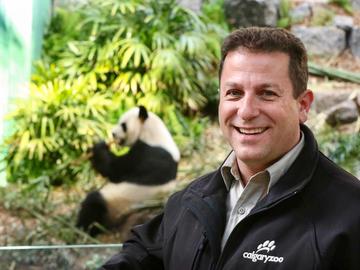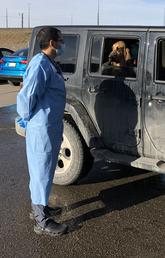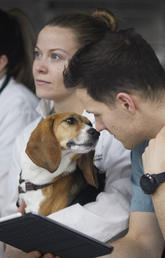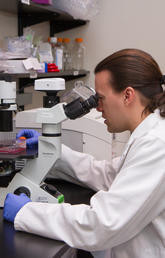May 26, 2020
What’s the risk of COVID-19 spread between people and animals?
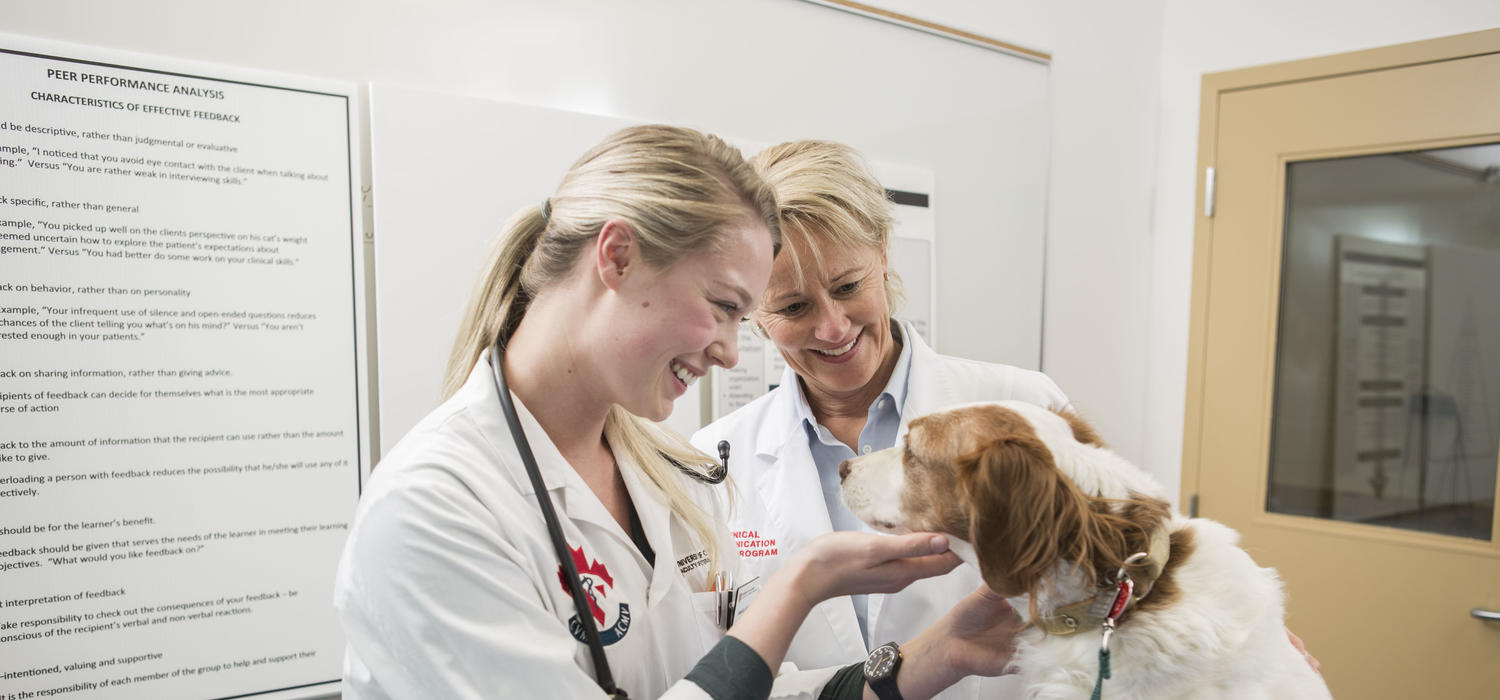
What do we know about animals and the coronavirus that causes COVID-19? Can a person spread the virus to their pets or contract it from their cat or dog? How is the virus able to move between species? Are zoo animals at risk?
The COVID-19 pandemic has many of us asking these and other questions. To help provide some answers, One Health at UCalgary is hosting a panel of human and animal health experts at a one-hour online conversation on May 27 at 7 p.m. During the online event, Drs. Rebecca Archer, a small animal veterinarian, Craig Jenne, an infectious disease specialist, and Doug Whiteside, a zoo veterinarian, will discuss what we do and don’t know about animals and COVID-19.
“Pet owners are concerned. They want to understand the risk of transmission between them and their animals and how best to mitigate the possibility of spread,” says Archer, DVM, a small animal clinical instructor at the University of Calgary Faculty of Veterinary Medicine (UCVM).
While the novel coronavirus is, as its name suggests, a new virus, infectious diseases spread from animals are not new. Three quarters of emerging infectious diseases in people come from animals. But how is the virus that causes COVID-19 able to move between species?
“This, unfortunately is where most 'new' viruses come from,” says Jenne, PhD, associate professor in the Cumming School of Medicine, member of the Snyder Institute for Chronic Diseases and Canada Research Chair in Imaging Approaches Towards Studying Infection.
This often occurs when a virus that is endemic or common within one species, or closely related species, acquires a mutation that allows it to 'jump' species.
Jenne says this often happens when a virus mutates the protein responsible for sticking to the host cells — allowing the newly emerging virus to stick to the cells of a new host.
“Although this process has been brought into the spotlight with the COVID-19 pandemic, it is always occurring, and increased interaction between humans and animals, whether wild or domesticated, increases the chances in the future that mutations allow other 'new' viruses to make the jump.”
One Health approach is crucial
And it’s that fact that makes what’s known as a One Health approach crucial in addressing the COVID-19 pandemic. One Health is a collaborative, transdisciplinary, and multisectoral approach to complex problems that recognizes the interconnection of people and animals in the spaces they share.
“COVID-19 emerged at the interface of people, animals, and the environment,” says Dr. Herman Barkema, DVM, professor, epidemiology of infectious diseases in UCVM and the Cumming School of Medicine, NSERC Industrial Research Chair in Infectious Diseases and director, One Health at UCalgary.
“More than ever, we understand that complex problems that impact the health of people, animals, and their common environments must be addressed using a One Health approach — one that’s transdisciplinary and collaborative.”
Have a question you’d like answered? Register now and send your question before the event to onehealth@ucalgary.ca, inserting ‘COVID-19 and Animals’ in the subject line.
Providing One Health leadership is one of the commitments of UCVM’s One Community, One Health Strategic Plan.
UCalgary resources on COVID-19
For the most up-to-date information about the University of Calgary's response to the spread of COVID-19, visit the UCalgary COVID-19 Response website.



